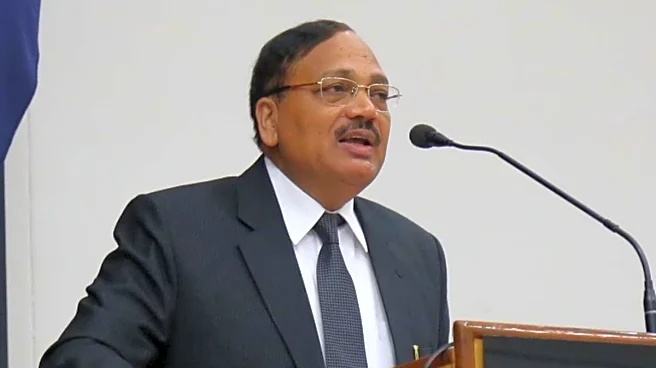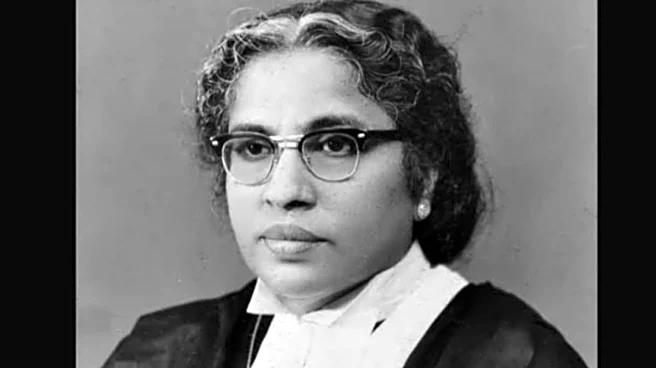Justice Surya Kant, who is set to take charge as the next Chief Justice of India, outlined his vision for a judiciary that is more transparent, more efficient, and more accessible to ordinary citizens.
Speaking to CNN-News18 on Sunday, he said his leadership would remain grounded in the realities faced by people from small towns and villages. Reflecting on what will define his term as CJI, Justice Surya Kant said his decisions would remain connected to his roots.
“My USP as CJI would be that all my decisions will be rooted in rural India and my humble begining.”
Justice Surya Kant described his rise to the country’s top judicial office as an example of what India’s democracy makes possible.
He said, “My adoning the highest chair in Indian judiciary testament to oppurtinity democracy offers.”
A major part of his vision focuses on making the system easier for citizens to navigate, particularly those from rural and marginalised communities. He said a judiciary that draws strength from Indian values must also reflect Indian society.
“Truly Indian and Swadeshi judiciary must prioritise inclusivity ensuring rural citizens can navigate the system without intimidation,” he told CNN-News18.
Justice Surya Kant stressed the need for a structured approach to appointments and quicker resolution of cases.
According to him, delays and opacity that came from colonial-era systems must be addressed. He said, “Streamlined appointments & time bound case disposal would counter colonial era opacity & delay.”
In the interview, he also spoke about reforming the judicial process through a blend of cultural understanding and modern efficiency. While the current system largely follows adversarial practices inherited from British rule, he argued that Indian traditions offer alternative methods of justice.
“Cultural approaches emphasising reconciliation and harmony should compliment the adversaries inherited from British Raj system,” he said.
He further added that, “Transforming Indian judiciary in truly Indian system requires blending modern efficiency with indigenous accessibility and cultural relevance.”
Addressing the challenge of case pendency, he said steps are being taken to build a cooperative mechanism with High Courts and the lower judiciary.
“Collaborative structure in association with HCs, lower judiciary being evolved to hammer pendency,” he noted.




/images/ppid_a911dc6a-image-176386602407140192.webp)


/images/ppid_a911dc6a-image-176374384452763947.webp)


/images/ppid_a911dc6a-image-176369443786944701.webp)
/images/ppid_a911dc6a-image-176365808603681170.webp)

